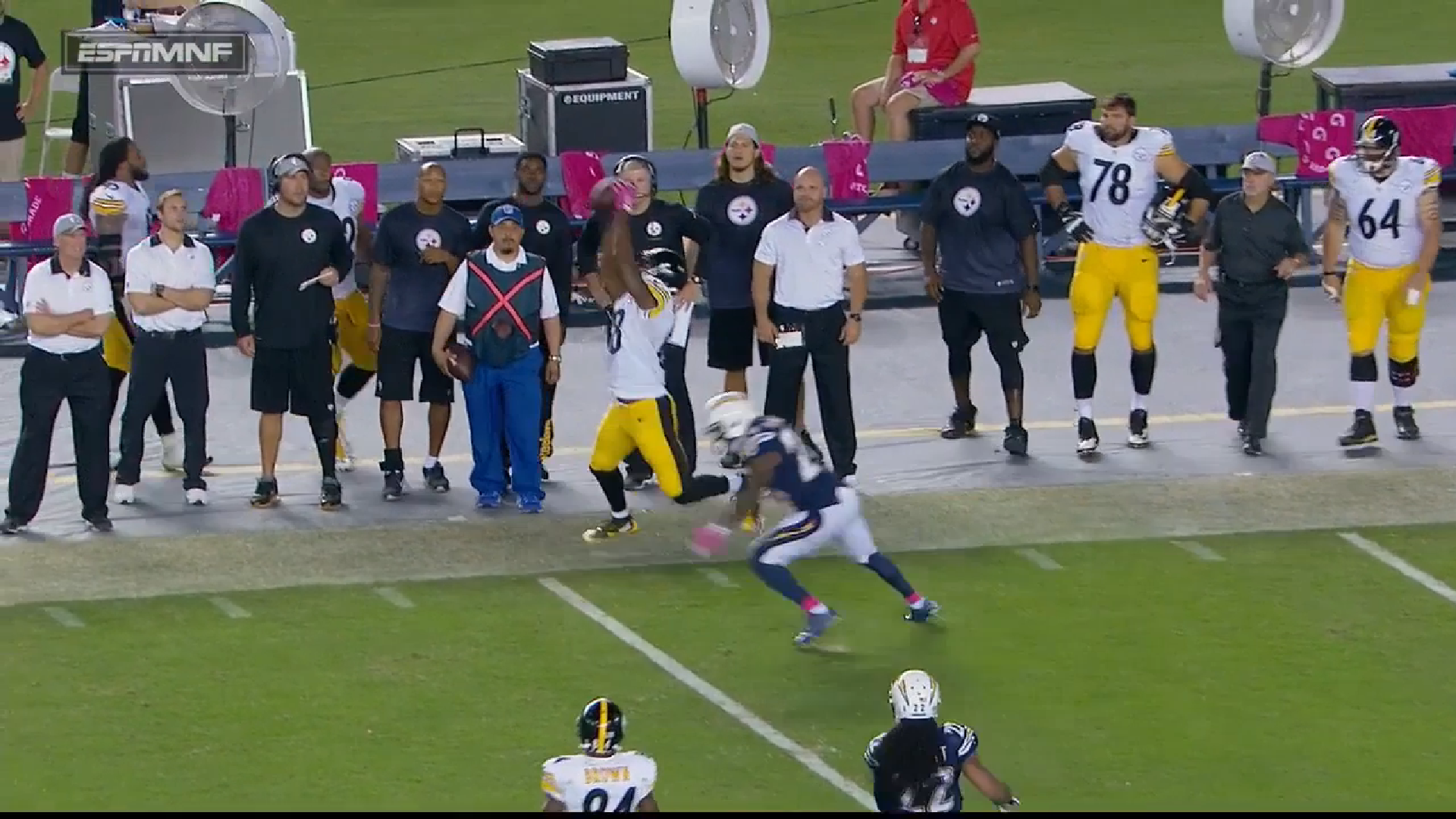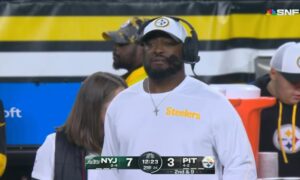It came to some as a bit of a surprise that the Pittsburgh Steelers acted to quickly to lock up veteran wide receiver Darrius Heyward-Bey to a modest three-year contract, but the likely reason became readily apparent a few days later when the league announced a pending year-long suspension for wide receiver Martavis Bryant.
The suspension spans a full season, pending reinstatement at year to the date, due to the fact that Bryant was already previously suspended just last season, sitting out the first four games of the season because of that (and a fifth game due to a knee injury).
And it was during that time that Heyward-Bey served as the team’s third wide receiver, which is the role that he will fill, or more likely share with second-year wide receiver Sammie Coates, during the 2016 season, as unfortunate as it is that this is even a discussion that has to be had a second time in as many years.
He played a critical role in the Steelers’ offense during the opening five games of the season, logging 221 of the team’s 313 offensive snaps, or just a bit over 70 percent of the time—roughly the percentage of time that the team spends in its base 11 personnel package featuring a three-wide-receiver formation.
Two of his bigger games in that span also coincided with the highest percentage of snaps that he played during that span, those being in Week Two and Week Four. In the Week Two victory over the 49ers, Heyward-Bey caught four passes for 77 yards, including a 41-yard pass, and his first touchdown as a Steeler. Two weeks later, in a loss to the Ravens, he caught another four passes, and though it only netted 31 yards with a long of 12, one of them was a second touchdown pass.
In all, he caught 17 passes for 209 yards and two touchdown passes during the span in which Bryant was missing. On the season, he caught 21 passes for 314 yards and two touchdown passes, which is noteworthy to consider that while he caught only four passes in his reduced role upon Bryant’s return, two of them were explosive plays, including a 66-yarder. He also drew a 26-yard pass interference penalty.
While he did not have a catch in the Wildcard round, he did have two receptions during the Divisional round, including a key 58-yard reception.
While Bryant was never shoehorned into one solitary role, one of his primary functions in the offense was to serve as a vertical threat, and with Heyward-Bey’s size and speed—he remains one of the fastest players on the team this far into his career, perhaps the fastest—that is one area in which he can help bridge the gap.
Last year alone, five of his 23 total receptions were explosive plays, and of those five plays, four were what Dave Bryan likes to refer to as double-explosive plays, which span at least 40 yards. In other words, his ability to do so is not a theory, but already a proven concept.








